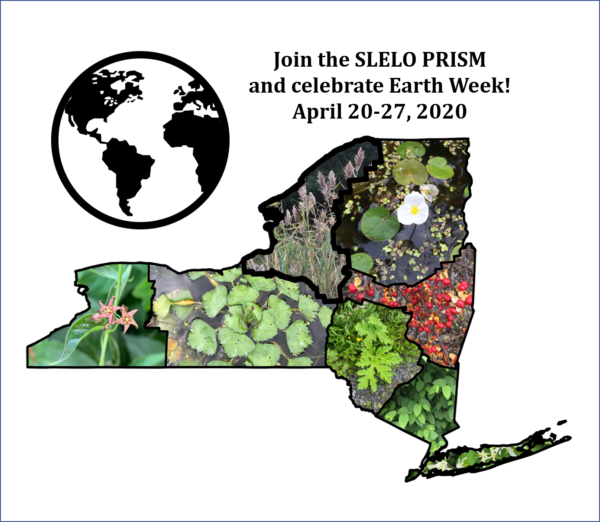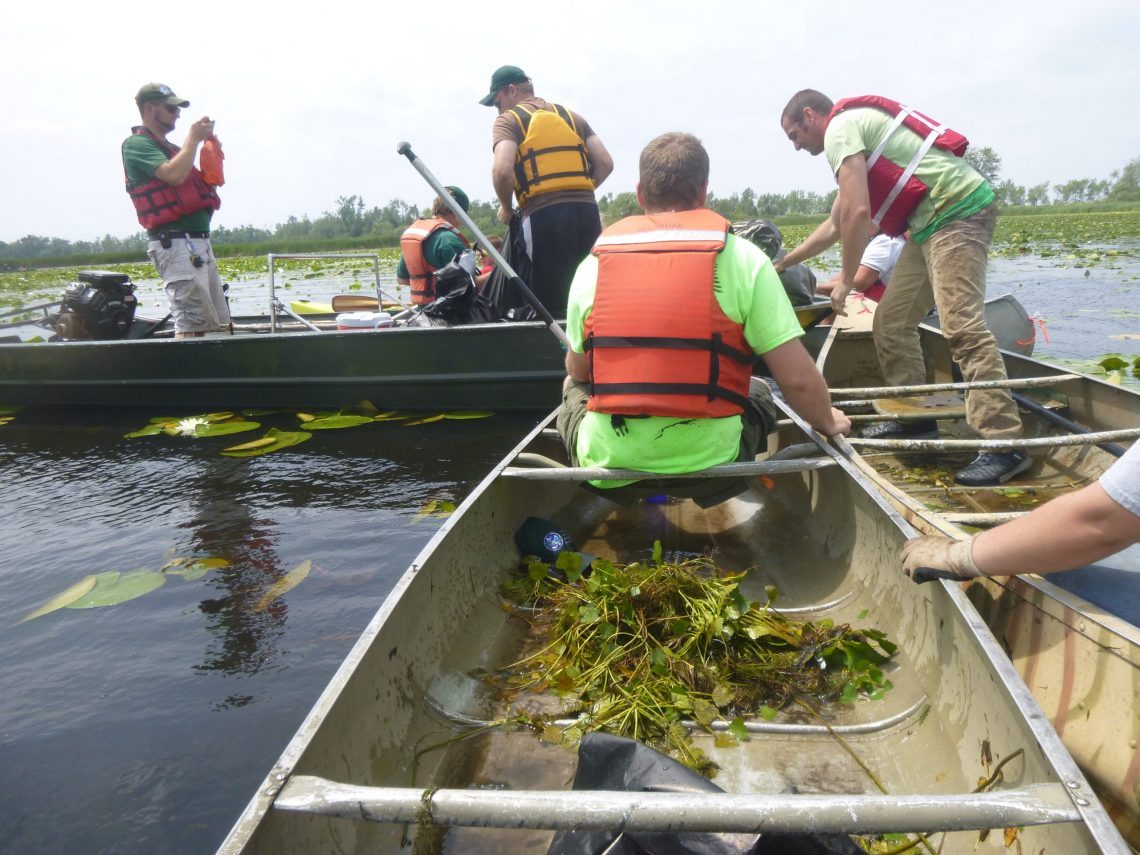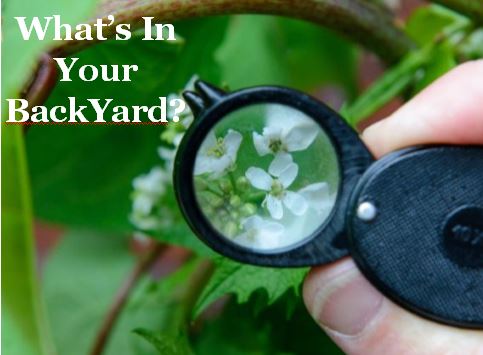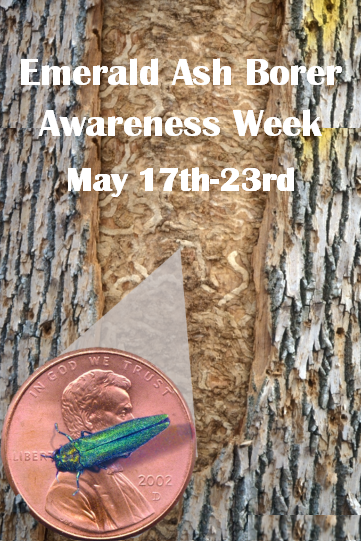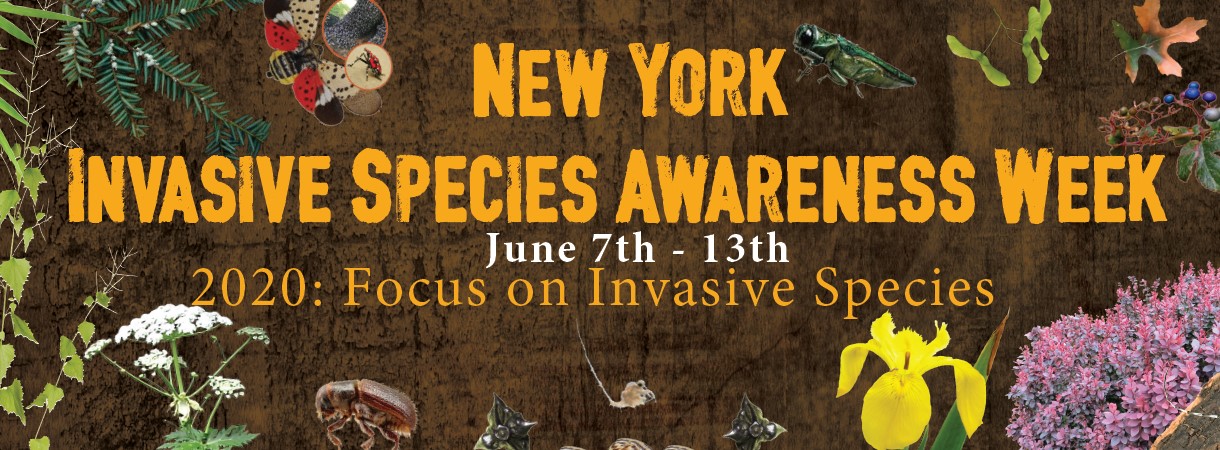About Monarch Butterflies In September and October, monarch butterflies will be laying their eggs on native milkweed using a combination of chemical and visual cues that have evolved over time. […]
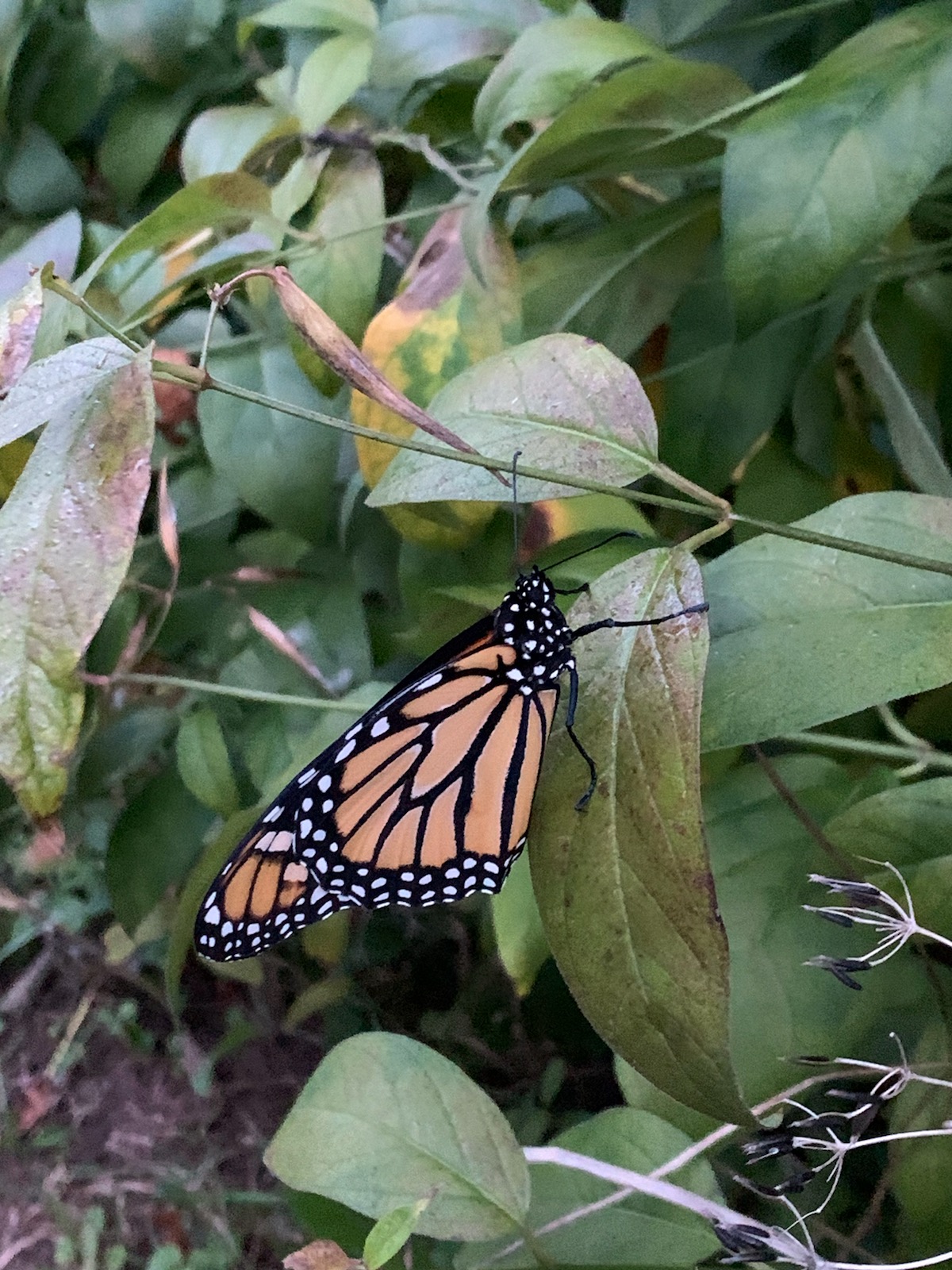
Protect Monarch Butterflies
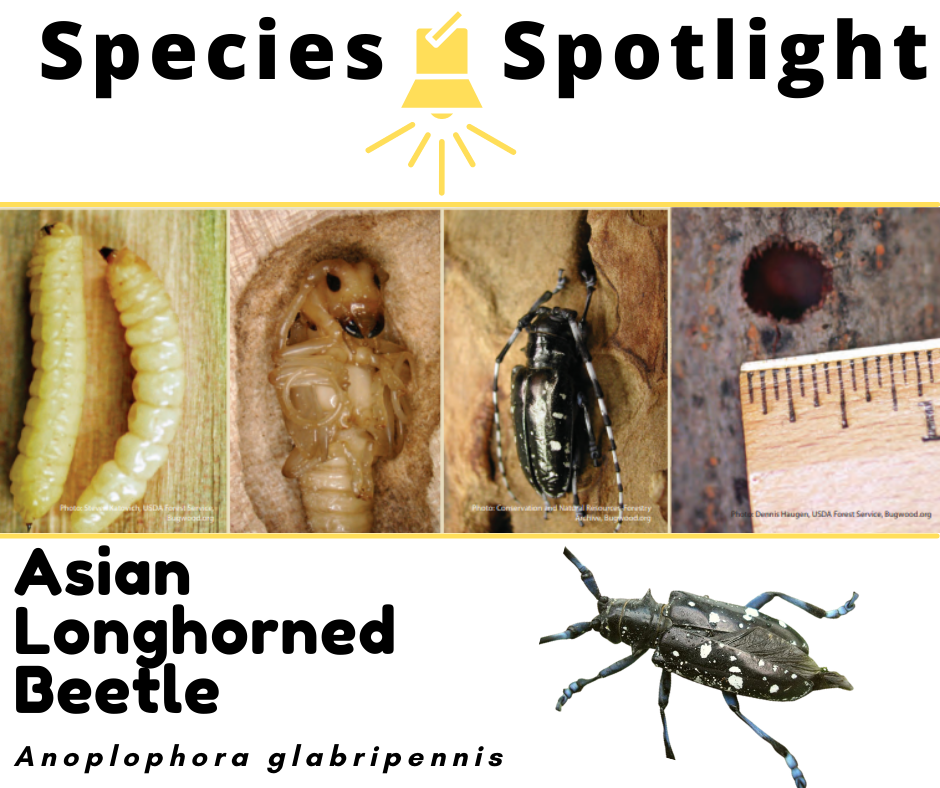
Species Spotlight: Asian Longhorned Beetle
Description The long-horned beetle, ALB (Anoplophora glabripennis), is a wood-boring invasive insect native to China and Korea. It was first seen in the US in the mid-1990s, possibly introduced on […]

Billboards in SLELO!
To showcase our Pledge to Protect outreach initiative we’ve placed billboards throughout the SLELO region.
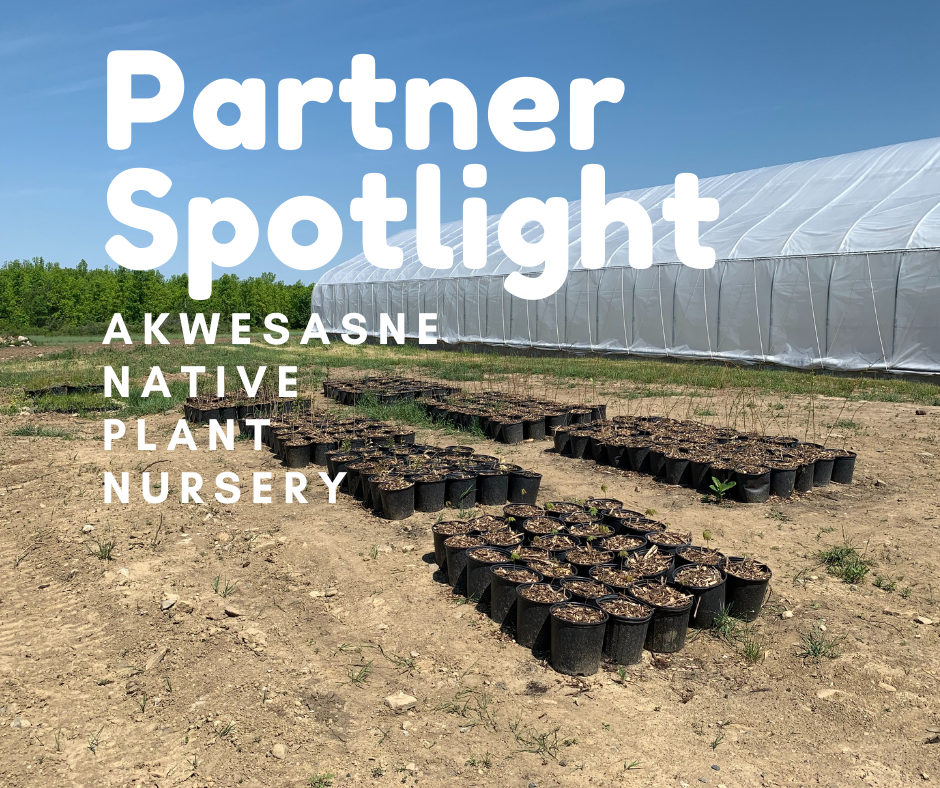
Partner Spotlight
Our partners at the Indian River Lakes Conservancy are developing a weevil rearing project through community science.
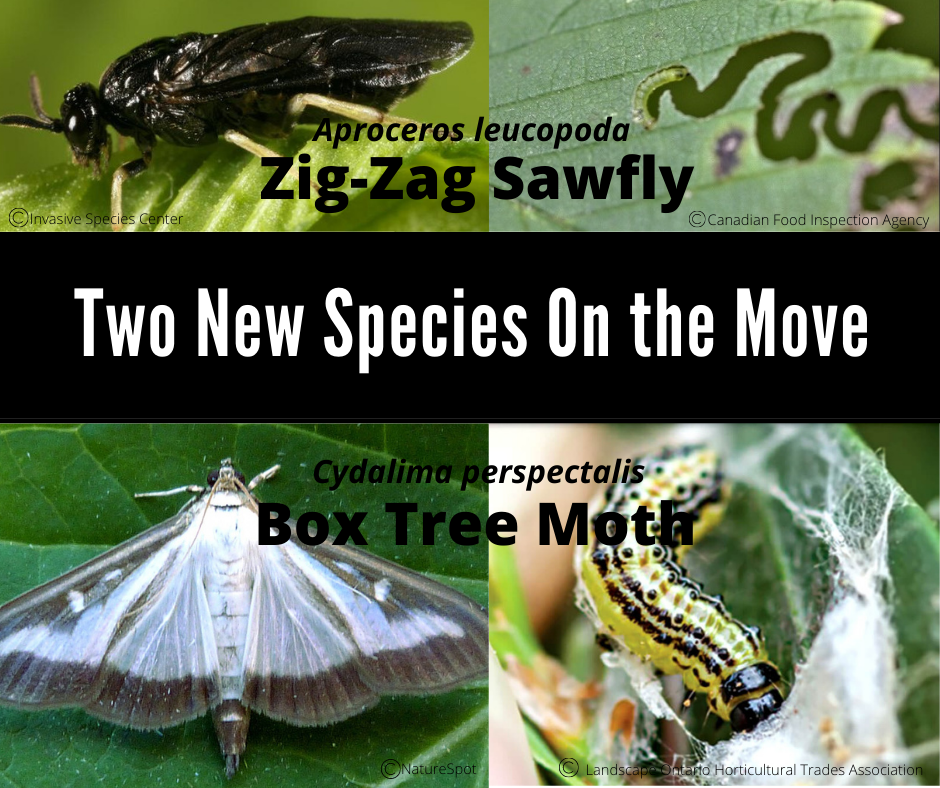
Two New Species On The Move
Our partners at the Indian River Lakes Conservancy are developing a weevil rearing project through community science.
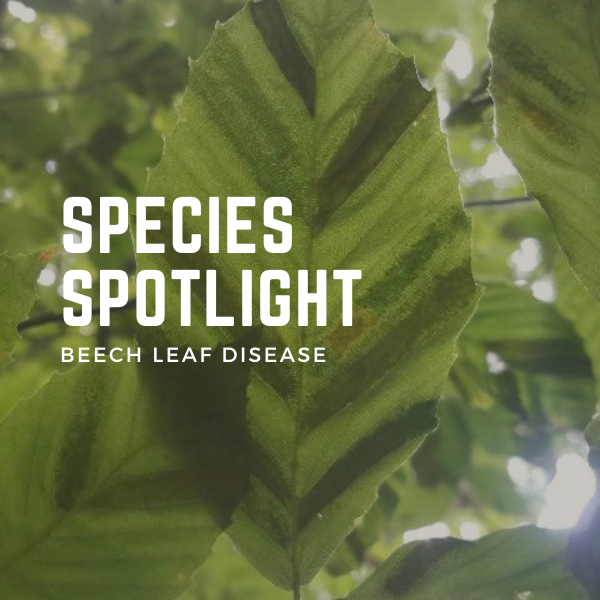
Species Spotlight: Beech Leaf Disease
Beech leaf disease (BLD) is the newest threat to beech trees and is spreading rapidly. In New York, BLD has been found in 14 new counties this year, for a total of 35 infected counties. It was recently found in Oswego county in the SLELO region, and nearby on the southwestern edge of the Adirondacks.
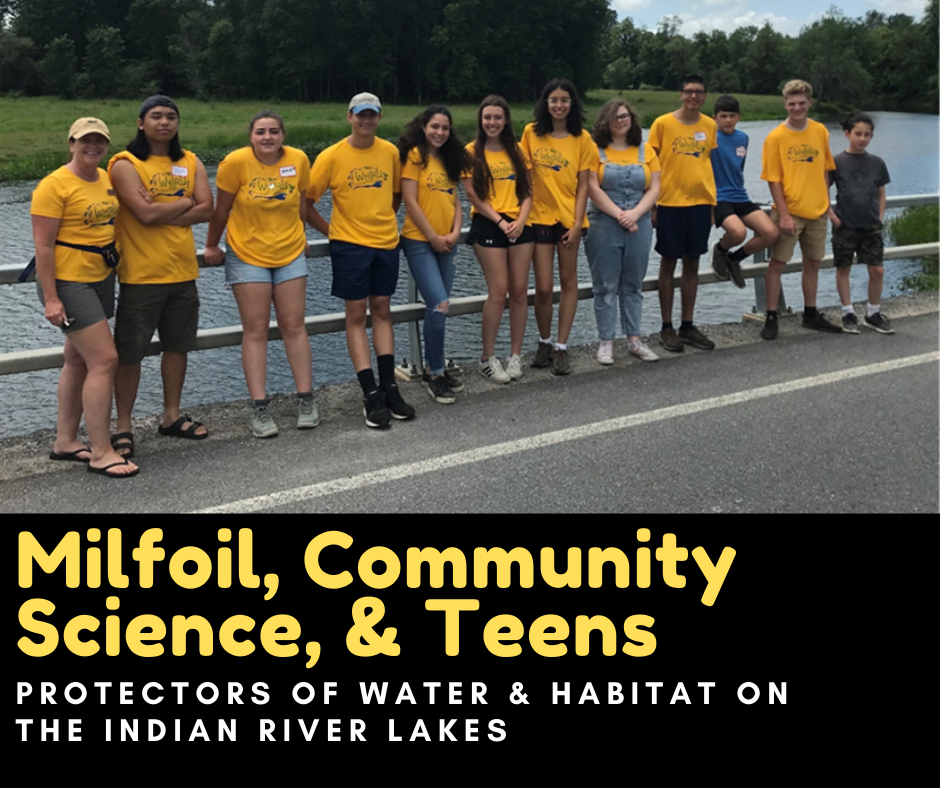
Milfoil, Community Science, and Teens
Our partners at the Indian River Lakes Conservancy are developing a weevil rearing project through community science.
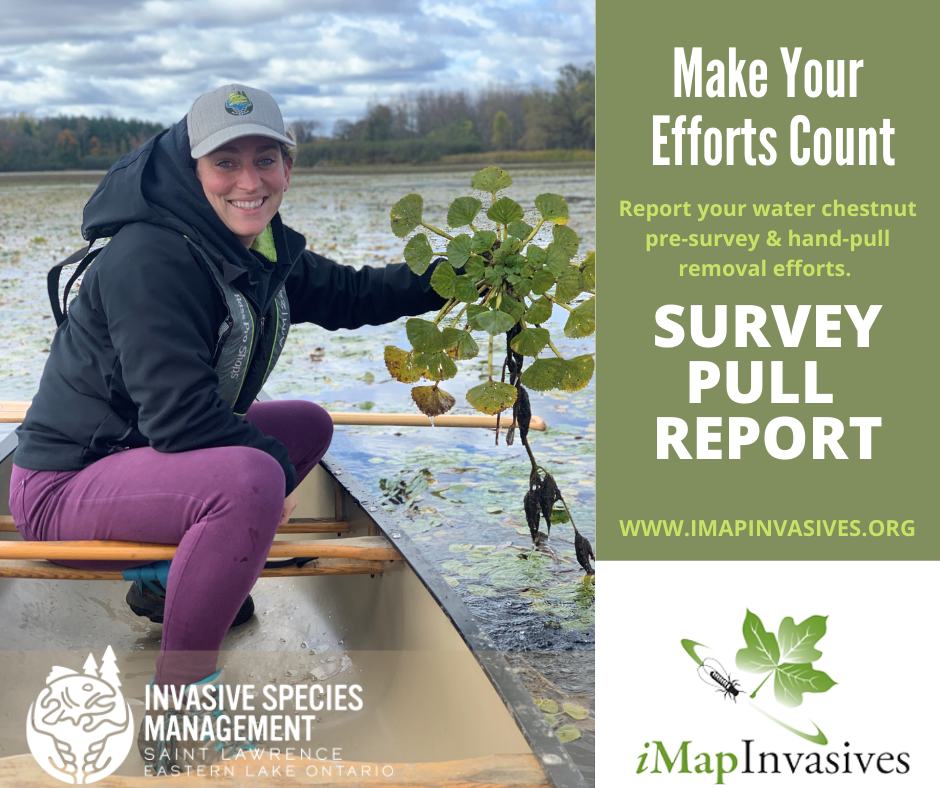
Calling all Water Chestnut Pull Organizers
If you organize water chestnut pulls, make your efforts count and report pre and post treatment data to NYiMapInvasives.org.
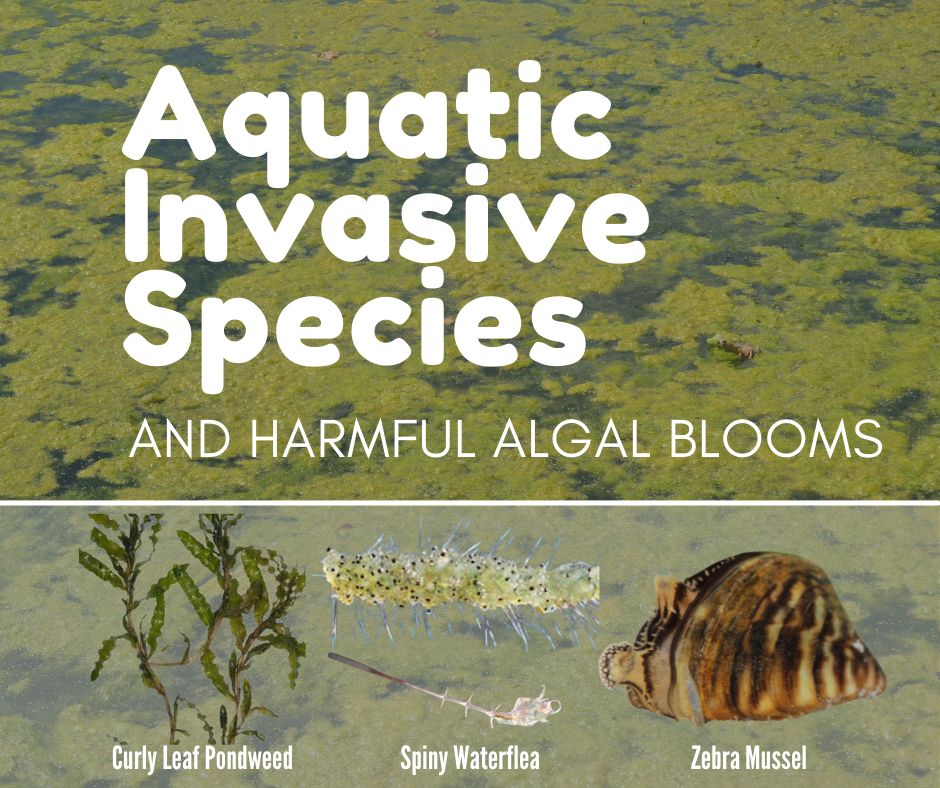
Aquatic Invasive Species & Harmful Algal Blooms
Harmful algal blooms- HABs, can be a real bummer to summer recreation. Aquatic invasive plants and animals can assist the growth of HABs.

NYISAW 2021
Learn how you can protect your lands and waters from the impacts of invasive species during the 8th annual New York Invasive Species Awareness Week. June 6th through the 12th virtual engagements, COVID compliant events, social media challenges and a family friendly scavenger hunt will be held across NYS.


